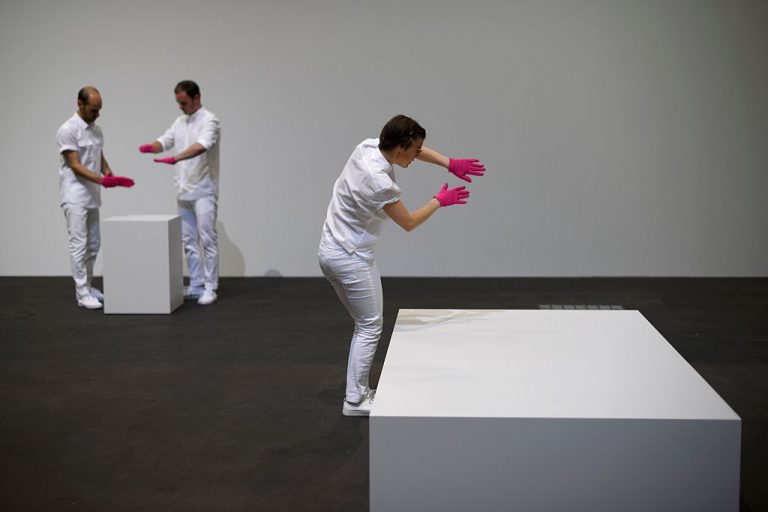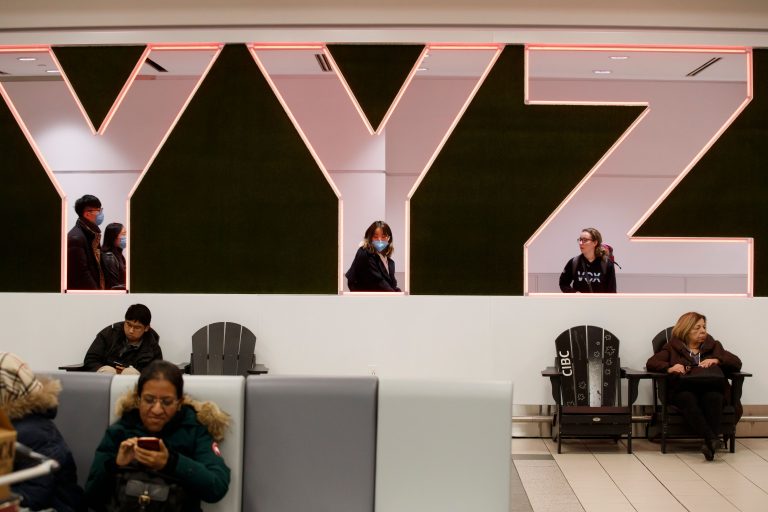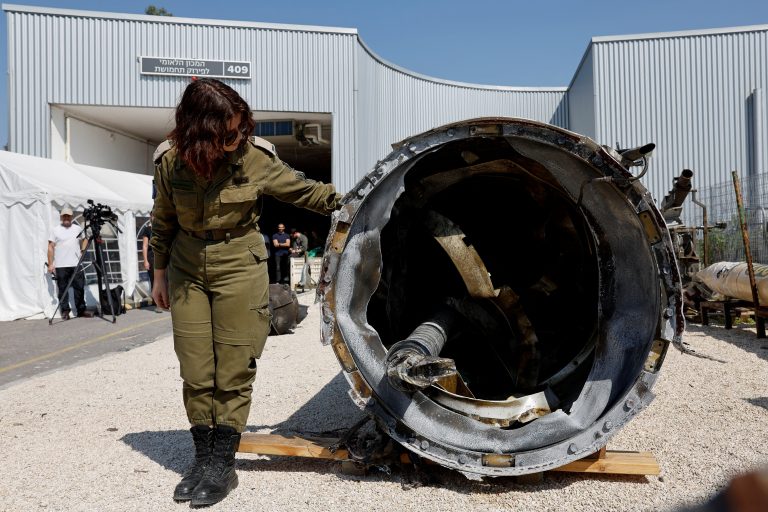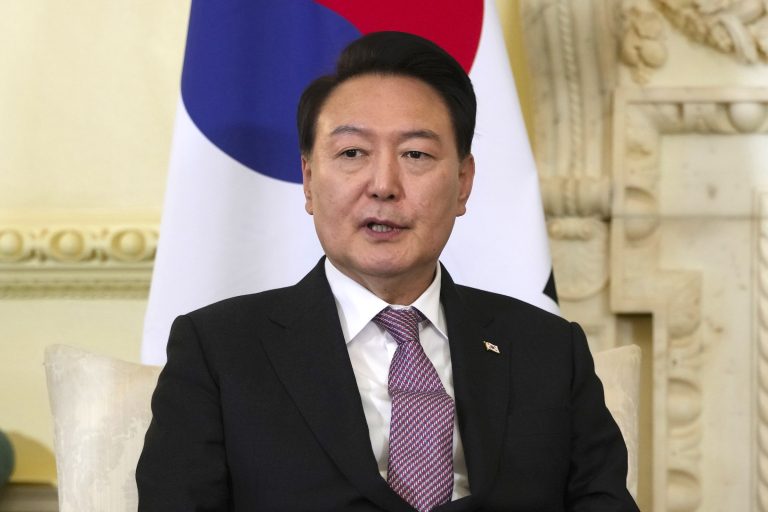Italian artist Salvatore Garau recently sold an invisible sculpture for thousands of dollars. In other words, pure empty space was sold. He named his work “Lo Sono,” which translates into “I Am.” The artist defended his creation in the face of criticism.
“The vacuum is nothing more than a space full of energy, and even if we empty it and there is nothing left, according to the Heisenberg uncertainty principle, that nothing has a weight. Therefore, it has energy that is condensed and transformed into particles, that is, into us,” Garau told Spanish outlet AS.
The sculpture went for sale at the Art-Rite, an Italian auction house, in May. Initially priced at 6,000 to 9,000 euros, it sold for 15,000 euros (USD 18,300) after several competing bids.
Garau says that the artwork should ideally be placed in an area of about 150 cm by 150 cm, free of obstruction. Climate control and special lighting are unnecessary. The buyer received a certificate of authenticity signed and stamped by Garau.
“When I decide to ‘exhibit’ an immaterial sculpture in a given space, that space will concentrate a certain amount and density of thoughts at a precise point, creating a sculpture that, from my title, will only take the most varied forms. After all, don’t we shape a God we’ve never seen?” Garau said to the media outlet.
Success
You are now signed up for our newsletter
Success
Check your email to complete sign up
His sale is reminiscent of Danish writer Hans Christian Anderson’s fable, “The Emperor’s New Clothes,” in which two swindlers convince an emperor to wear an invisible suit of clothes. They claim that the outfit cannot be seen by those who are incompetent or stupid.
The emperor parades around the city naked, believing that he is fully clothed. After a child blurts out that the emperor is not wearing clothes, he is startled, but continues to walk with pride. Meanwhile, the swindlers have already fled.
“Lo Sono” is not Garau’s only invisible artwork. On Feb. 5, he uploaded a video showcasing a square drawn in the middle of a road in Milan. Titled “Buddha in contemplazione,” the artist claimed that a Buddha statue was in the blank square.
“You don’t see it but it exists; it is made of air and spirit… It is a work that asks you to activate the power of imagination, a power that anyone has, even those who don’t think they have it,” he said in the video.
In association with the Italian Cultural Institute, Garau also installed an invisible sculpture named “Aphrodite Piange” (Aphrodite cries) in New York. The sculpture supposedly rests on a circle drawn on the ground. Garau believes that his invisible art has triggered a “small, authentic revolution.”
Invisible painting and guitar
Similar bizarre “artistic creations” have fetched high prices in the past as well. In 2011, media producer Aimee Davison bought an invisible artwork titled “Fresh Air” for $10,000. The artwork was created by Praxis, a collaborative art team, and was sold through the Museum of Non-Visible Art (MONA) founded by the team.
MONA was able to raise funding through Kickstarter, backed by supporters such as Hollywood actor James Franco. Buyers who purchase a sculpture or painting from MONA receive a description of the item, and nothing more.
Davison said in an interview with HuffPost that buying “Fresh Air” supported her thesis of “you-commerce,” a term referring to the monetization of one’s personal skills and products through social media platforms.
“Also, I sensed that Franco’s project was controversial and I wanted to participate in the controversy and possibly benefit from it. Buying a modestly priced piece would not have made the same bold statement or entitled me to the same level of collaboration with Praxis as buying the most expensive item,” she said.
The trend of selling invisible products dates even further back. In 2004, an Arizona man sold an “air guitar” on eBay for $5.50, starting from an opening bid of $1. The ad stated, “You are bidding on an original Air Guitar from the 80’s. This one was used once at a Bon Jovi concert in 89 for about 3 hours. I have taken it out a few times since generally after about six beers and a couple of fruity shots.” The winner received a letter of authenticity.
















